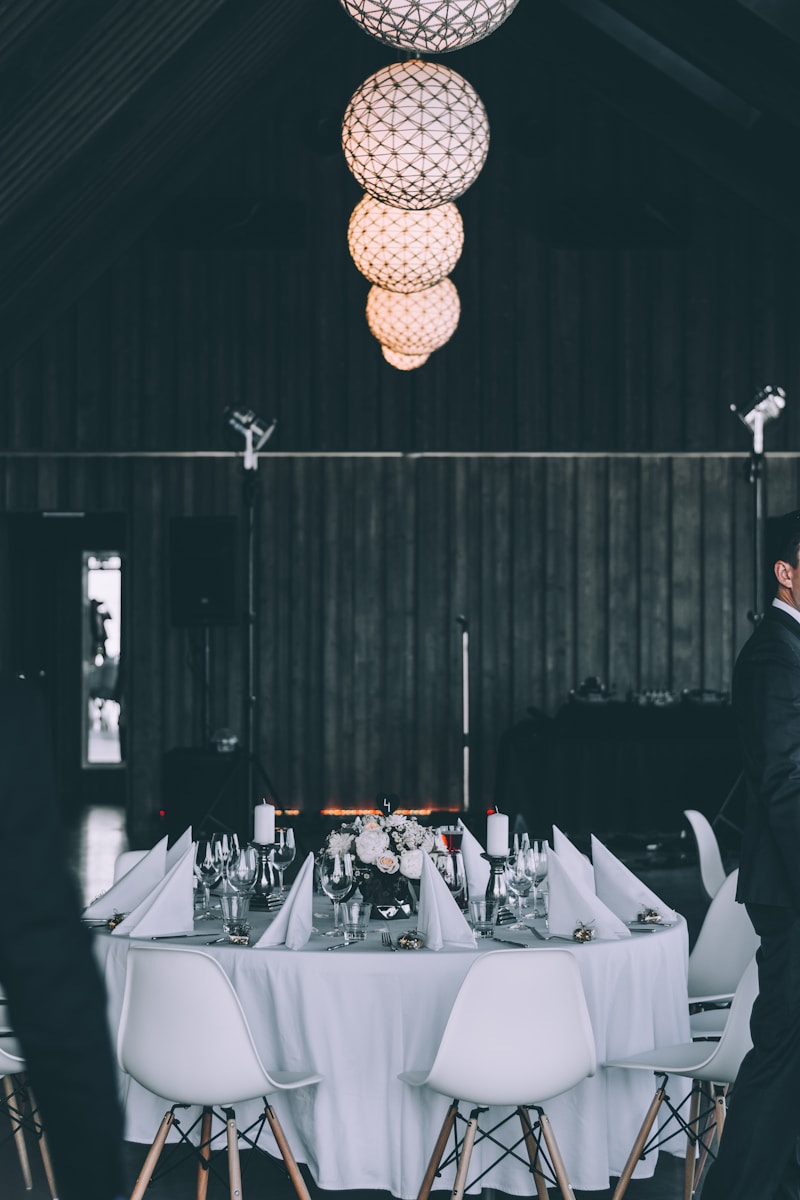Unveiling the Allure of Ballroom Elegance: A Guide to Timeless Sophistication
Introduction to Ballroom Elegance
Ballroom elegance is a term that encapsulates the grace, sophistication, and charm associated with formal dances, especially in grand settings. From classic waltzes to modern ballroom styles, the allure of ballroom elegance has captivated enthusiasts and novices alike. This article will explore the essence of ballroom elegance, its historical significance, and practical tips for embracing this timeless art form.
The History of Ballroom Dancing
Ballroom dancing dates back centuries, evolving significantly over time. It originated in the 16th century as a display of social status among the upper classes. Key historical milestones include:
| Era | Influence on Ballroom Dancing |
| 16th Century | Introduction of structured dances in aristocratic gatherings. |
| 18th Century | Development of dance manuals and etiquette necessitating formal ballroom settings. |
| 19th Century | Birth of the modern ballroom style, with dances like the waltz gaining popularity. |
| 20th Century | Emergence of Latin dances and contemporary forms, broadening the definition of ballroom. |
Understanding the Components of Ballroom Elegance
To truly appreciate ballroom elegance, one must understand its core components:
- Attire: Traditional ballroom attire often includes elegant gowns for women and tailored suits or tuxedos for men. The right clothing not only enhances performance but also embodies the essence of elegance.
- Posture: Proper posture is crucial in ballroom dancing. Dancers are expected to maintain an upright stance and exhibit confidence, which adds to the overall elegance of their movements.
- Connection: The relationship between partners is pivotal. Dancers must maintain a strong lead and follow dynamic to create a harmonious flow, enhancing visual appeal.
- Technique: Mastery of techniques such as turns, spins, and holds helps create a fluid and elegant performance. Proper technique also ensures the safety and comfort of partners.
Ballroom Elegance Around the World
Different cultures have their interpretations of ballroom elegance, leading to a rich tapestry of styles globally. Key styles include:
- Waltz: Known for its smooth, flowing movements, the waltz is a classic representation of ballroom elegance, often danced to 3/4 time music.
- Tango: This passionate dance combines sharp movements and dramatic poses, showcasing a different form of elegance.
- Foxtrot: Characterized by its graceful, gliding steps, the foxtrot is a staple in ballroom competitions.
- Cha-Cha: This lively and rhythmic dance demonstrates how elegance can also be fun and vibrant.
Preparing for a Ballroom Event
Attending a ballroom event requires careful planning and preparation. Here are some helpful tips:
- Select the Right Attire: Choose an outfit that complements your style while adhering to the event’s dress code. Don’t forget about accessorizing appropriately.
- Practice Makes Perfect: Spend time rehearsing your steps and techniques with your partner. Whether you are an experienced dancer or a beginner, practice will polish your performance.
- Stay Informed: Familiarize yourself with the music and types of dances that will be showcased during the event. This preparation will enhance your overall experience.
How to Embrace the Lifestyle of Ballroom Elegance
Embracing the lifestyle of ballroom elegance goes beyond just mastering the dance. It involves cultivating an appreciation for the art form. Here are some suggestions:
- Take Up Dance Classes: Enroll in classes to enhance your skills. Look for local studios or online platforms offering lessons in various ballroom styles.
- Attend Social Dances: Participating in social dance events allows you to meet others who share your passion while providing a practical environment to practice your skills.
- Read Books and Articles: Delve into literature on the history, techniques, and famous dancers to deepen your understanding of ballroom elegance.
Common Questions About Ballroom Elegance
Many people interested in ballroom elegance have a variety of questions. Here are some frequently asked ones:
- What is the difference between ballroom dancing and other dance styles? Ballroom dancing typically involves partnered styles and structured movements, whereas other styles might emphasize solo expression and free-form dancing.
- How can I find a ballroom dance partner? Joining local dance clubs or online platforms specializing in dance events can help you find a partner.
- Is ballroom dancing only for experienced dancers? No! While experienced dancers may have an edge, many ballroom classes cater to beginners, creating a welcoming atmosphere for all skill levels.

Conclusion: Embracing Ballroom Elegance
In conclusion, ballroom elegance is a captivating combination of dance, art, and social interaction. By understanding its history and components, preparing for events, and embracing the lifestyle associated with it, you can immerse yourself in this enchanting world. Remember, the key to capturing the essence of ballroom elegance is not solely in perfecting your dance moves, but also in exuding confidence and poise both on and off the dance floor. For aspiring dancers, take the plunge, join a class, and experience the joy that comes from dancing in elegance.